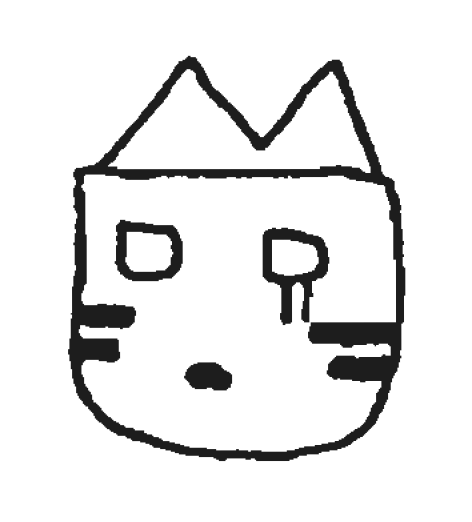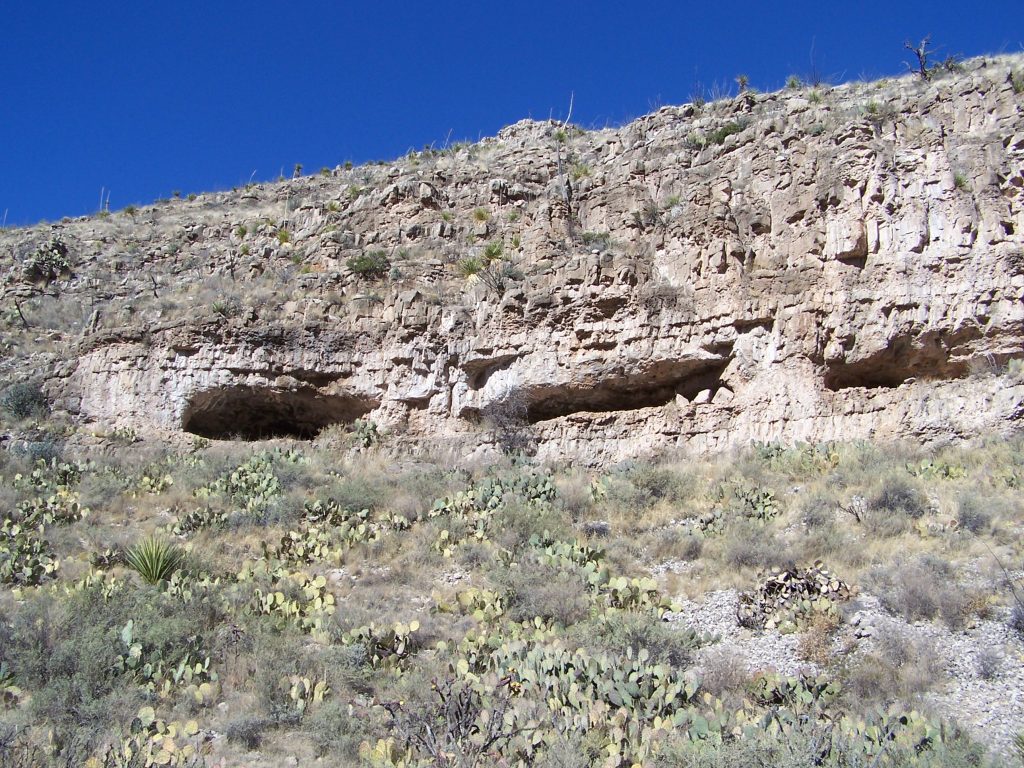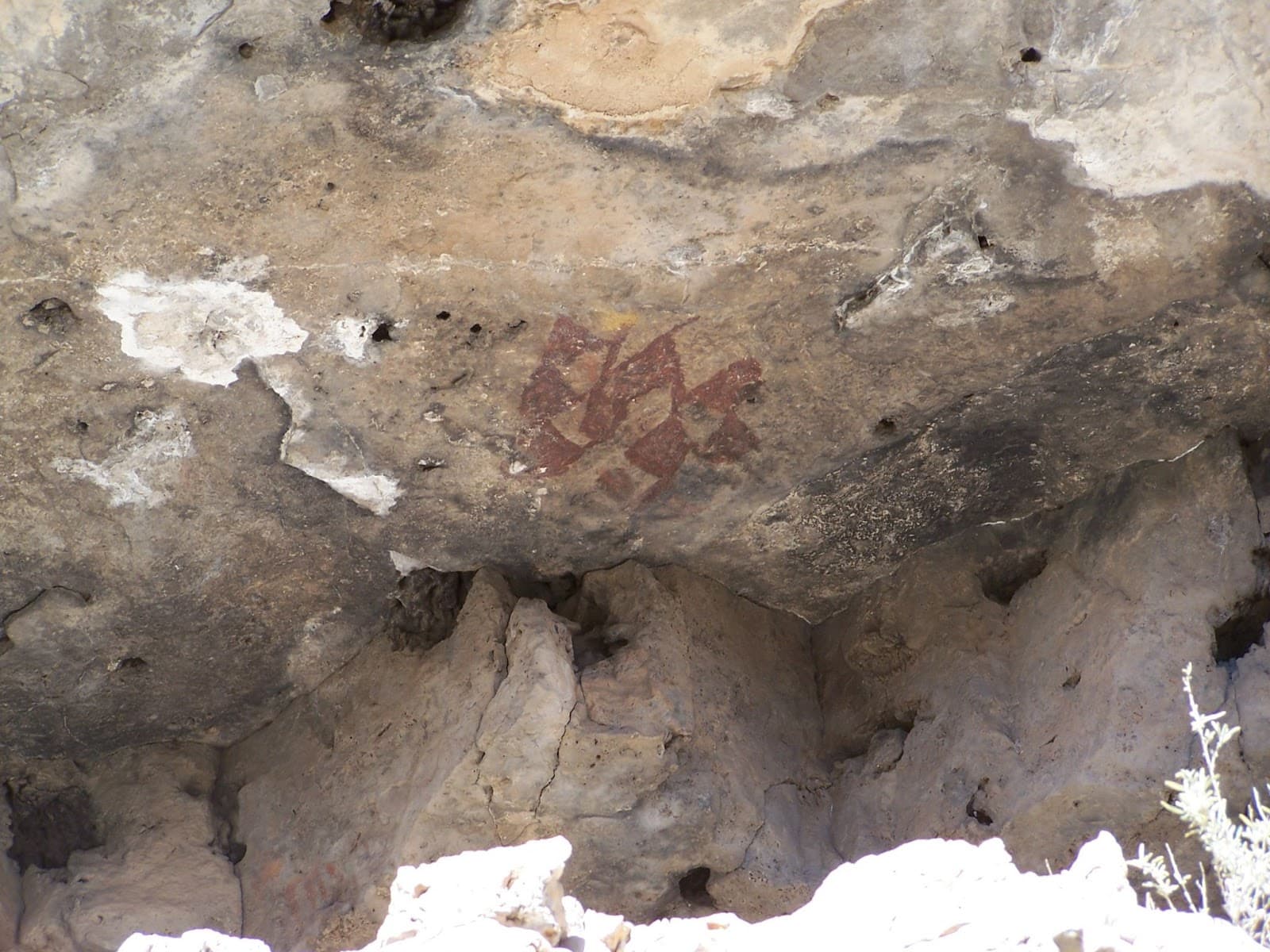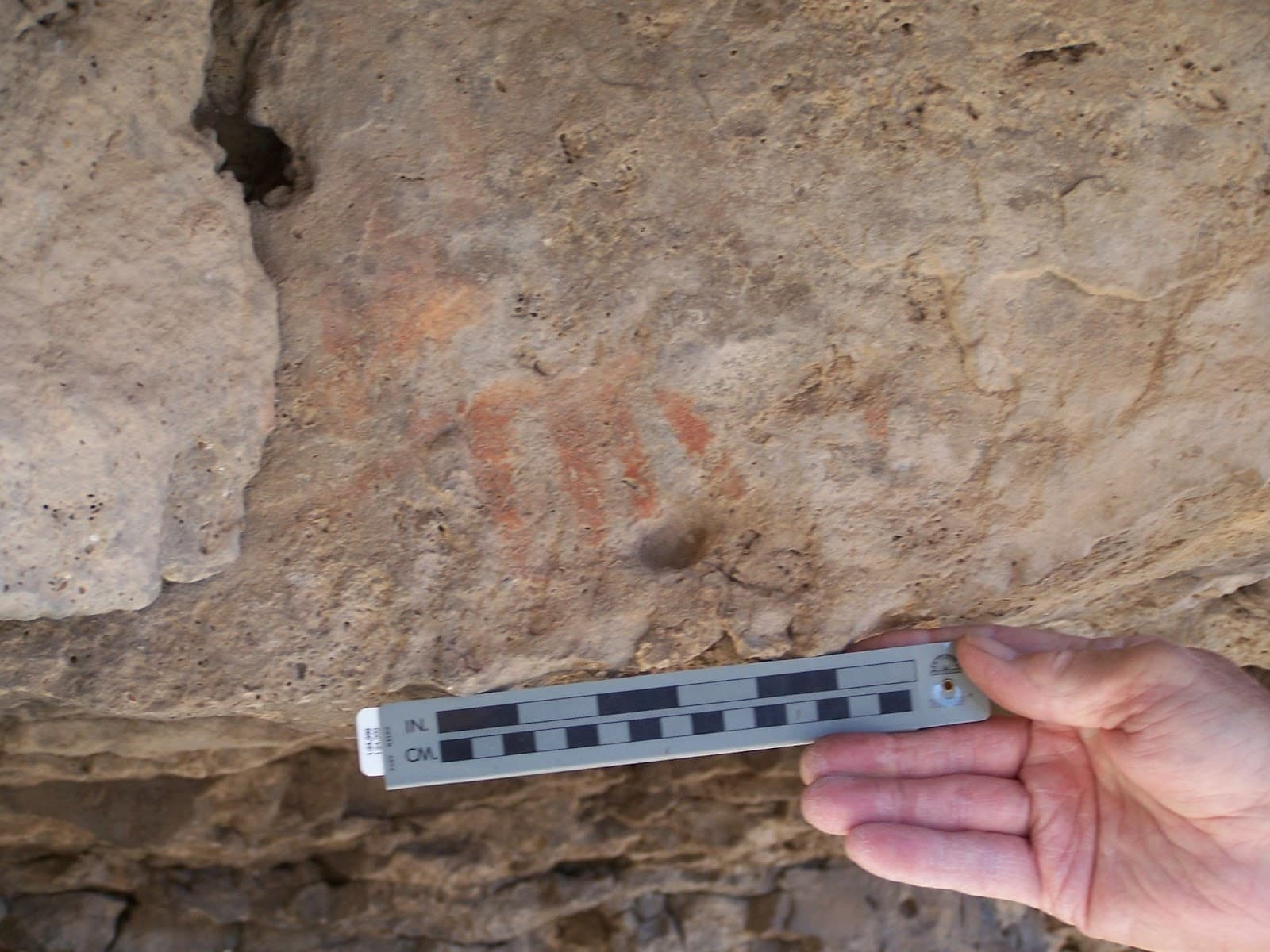Roney’s Shelter
Rock art sites are common among the nooks and crannies of the Guadalupe Mountains. and Roney’s Shelter is one example of these ancient, sacred places. Perched half-way up a cliff and overlooking a drainage and surrounding mountainous area, five rock shelters comprise the Roney’s Shelter archaeological site. The elevation and placement of the shelters would have been ideal for tracking the movements of animals and other people, however the rocky overhangs were likely what attracted ancestors to this spot.
Best known for their painted walls, these rock shelters are home to several pictograph panels. Ancestors who created this site stopped for a short period to take advantage of the rocky overhangs, leaving little more than the images that they imprinted on the stone. Their brief stay left only a handful of artifacts and several ring middens. Artifacts, including stone tools and pottery sherds, suggest that ancestors using these overhangs visited many times between A.D. 520 and 1450. This is a long span of time, so it is difficult to know exactly when groups visited this site and how many times they returned. It is possible that different families or hunting groups stopped at this spot throughout time, or that the same group returned again and again.
Who’s in the Neighborhood?
The archaeology of Roney’s Shelter points to the return of people several times over the span of 1,000 years. We do not know if these people belonged to the same family, or if they were entirely different communities. This continued use shows connections between peoples in the past, related by their presence at Roney’s Shelter.
How do Archaeologists Know?
How do archaeologists know that ancient peoples visited Roney’s Shelter many times?
✔Finding different pottery styles points to different groups visiting over time. Archaeologists found Jornada Brownware pottery (popular before A.D. 1100) and Playas Redware pottery (popular after A.D. 1200) at the Roney site.
✔Layered pictographs (like those featured in Image 1 above) were likely created by the same or a different person at separate times.
Click here to learn more about how archaeologists decipher evidence of the past
The geometric rock art at Roney’s Cave is similar to those found in Walt Canyon and Boyd’s Cave, possibly reflecting a shared culture between different groups. Creating rock art may have enabled individuals to communicate with one another as they traveled, sharing information about hunting spots, local plants and animals, or where and when to meet.
Ancestors visiting Roney’s Shelter also left behind broken pieces of pottery, some of which were local while others originated in the nearby Casas Grandes region. How did pottery from a different region end up in the Guadalupe Mountains? Maybe nomads ventured further away and brought back different pottery, or perhaps they traded with other peoples from different places. Either way, finding non-local pottery at Roney’s Shelter suggests that the visitors to the site were making connections with other groups as they traveled across the landscape.
What’s for Dinner?
Foragers sought out areas where vegetation was diverse, just like here at Roney’s Shelter. Visitors to this site likely took advantage of the plentiful vegetation that surrounded their camp. The surrounding landscape is rich with catclaw acacia, mesquite, and juniper as well as creosote, skunk bush, and different cacti. These plants are typically found in either higher mountainous regions or lower desert basins. The Roney site is sandwiched between the higher and lower elevations, where plants growing in both meet.
Tools of the Trade
Taking advantage of the surrounding plant life, nomads visiting this site built earth ovens, or ring middens, to roast foods during their stay. To cook plants like agave, these ancestors placed charcoal and hot rocks into the pits to create the heat. To process the cooked plant, they used stone tools and ground stones. These tools were important to turning raw plants into edible and delicious dishes. To finish off the cooking process, people at Roney’s Shelter also used pottery to cook with, eat off of, or to carry unprocessed foods (like seeds) to the next location.
Rind middens, charcoal and fire cracked rock, stone tools and ground stone, and pottery were all recovered from Roney’s Shelter. Along with pictographs, ancestors at this site were roasting and cooking during their time spent here.
Rock Art
The Roney site is most notable for the panels of pictographs painted on the walls of two rock shelters. The pictographs on these walls feature mostly geometric patterns, however there is one possible animal form as well. One pattern, known as “Chihuahua Polychrome Abstract” found in panel 3, was named after a common pottery design. Ancient communities from the larger El Paso, Mexico region often painted this same pattern on their pots. Finding images, symbols, and designs in many different places is common. At Roney’s Shelter, people were connecting the physical landscape to the parts of their culture that they would take with them (their pottery).
Panels 1 (featured in Image 1) and 3 are similar, each feature an interlocked diamond pattern. Although natural erosion has faded and corroded these images, some paint is still visible, especially in panel 3. The interlocked diamond pattern is labeled by archaeologists as “Chihuahua Polychrome Abstract”.
The interconnected diamonds in Image 1 are also painted on top of a single yellow triangle. This layered painting suggests that the same artist revisited this site to paint over the original, or that a new artist chose to cover the old image. Perhaps by revisiting rock art sites and creating new art on top of the old, ancient peoples were establishing connections to their ancestors.
The second panel features two elements that are slightly eroded but may have been joined when the artists painted them. This painting includes one triangular shape with lines extending above it and a horizontal line with 4 lines extending from beneath. This panel is unlike the other two because it is not geometric in nature. It is possible that a different artist painted this image, or that it was painted earlier or later in time than the other two.
Just like with modern art, artists in the past adopted different styles over time. Patterns and images in rock art, on pottery, even woven into textiles, changed to reflect new ideas and new people.
View more pictures of these panels by interacting with the video below. What does this painting look like to you?
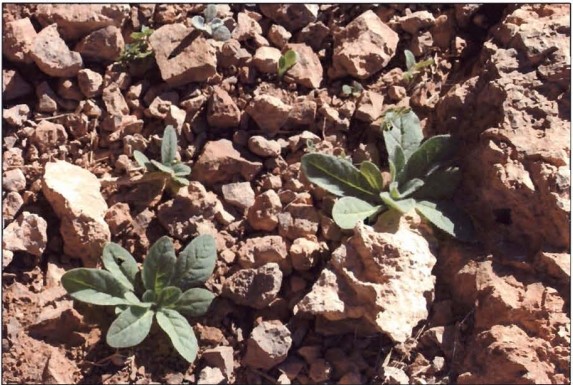
What’s Growing Here?
Just below the panel shown in Image 1 and on the edge of the rock shelter desert tobacco is growing.
Desert tobacco, a smokable herb that induces a trance-like state, is often found growing nearby rock art, and particularly this diamond motif. Desert tobacco and other mind-altering plants were often used in ceremony and ritual practices, such as creating these images on canyon walls.
Living on the Land
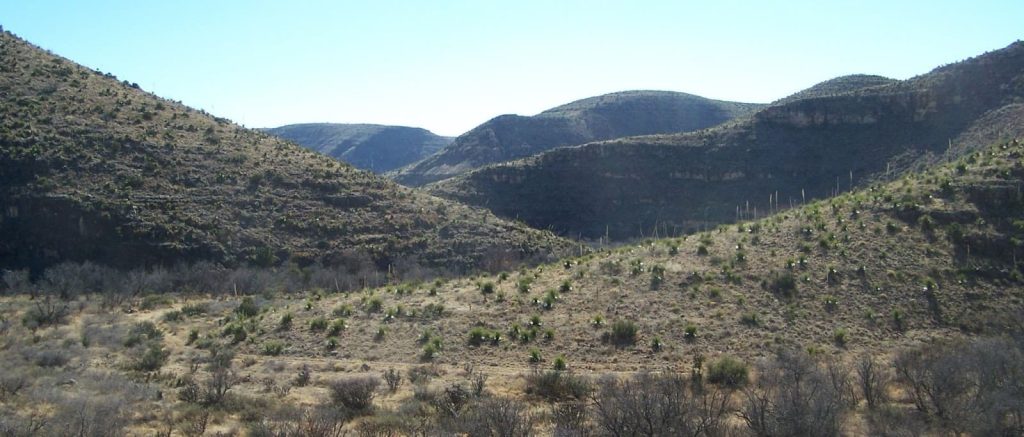
The terrain surrounding the rock shelters is rugged and rocky with steep limestone cliffs and deep arroyos. To reach the site wearing woven yucca sandals must have been a challenge, even for people used to the rigors of traveling here. Rock art, artifacts, and evidence of multiple visits at a spot surrounded by such tricky terrain means that these shelters and the art inside of them must have been special to the people who visited. Hopi oral histories tell of rock art depicting migrations across the landscape (Kuwanwisiwma and Koyiyumptewa 2018). Some Havasupi elders say that in the past, neighbors communicated through petroglyphs and pictographs (Iliff 1954). Rio Grande Pueblos and the Paiute Tribe also believe that rock art represents the sacred connection between native peoples and their ancestors (Chino 2012, Dongoske and Hays-Gilpin 2016, Stoffle et al. 1995). No matter the meaning, these images, their location, the materials used in creating them, and often their depictions are reflections of ancestors’ relationship with the land.
Hays-Gilpin 2019
Petroglyphs both shape and are shaped by places and surrounding landscapes. They are enduring messages from past to present to future people.
References
Chino, C. 2012. Petroglyphs of the Southwest: A Puebloan Perspective. Tucson: Western National Parks Association.
Dongoske, K.E., and K. Hays-Gilpin. 2016. “Petroglyphs, Parks, Fish, and Zuni: An Emotional Geography of Contemporary Human-Animal-Water Relationships.” In Relating to Rock Art in the Contemporary World: Navigating Symbolism, Meaning, and Significance, edited by L.M. Brady and P.S.C. Tacon, 107-125. Boulder:University of Colorado Press.
Hays-Gilpin, K. 2008. “Rock Art Ethnography on the Southern Colorado Plateau, Arizona and New Mexico.” Heritage Management 1 (1):119-133.
Iliff, F. G. 1954. People of the Blue Water: My Adventures among the Walapai and Havasupai Indians. New York: Harper and Brothers.
Kuwanwisiwma, L. J., and S Koyiyumptewa. 2018. “Hopi Footprints at the Crack-in-Rock Community.” Plateau: the Land and People of the Colorado Plateau 10 (1):29-32.
Stoffle, R. W., L. Loendorf, D.E. Austin, B. David, A.B. Halmo, and B. K. Fulfrost. 1995. Tumpituxwinap (Storied Rocks): Southern Paiute Rock Art in the Colorado River Corridor. Tucson: University of Arizona Bureau of Applied Research in Anthropology.
